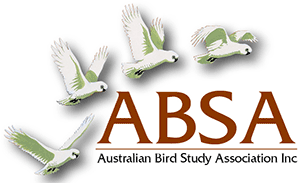BREEDING BIOLOGY OF THE AUSTRALIAN WHITE IBIS Threskiornis molucca AT AN URBAN BREEDING COLONY SOUTH-EAST QUEENSLAND
| Posted: |
12/04/2021 |
| Author(s): |
Nicholas J. Murray, Phillip P. Shaw |
The Australian White lbis Threskiornis molucca has increased in range and abundance in Australia since
European settlement and has recently reached pest proportions in urban environments. Aspects of Australian
White lbis breeding ecology at an urban breeding colony on the Gold Coast, Queensland were studied in the
2002/2003 breeding season. Breeding activity commenced in late June and lasted for six months, with the last
egg hatched in late December. A total of 124 clutches was initiated in 95 nests, and a further ten nests produced
no eggs. The mean clutch size was 2.46 eggs and the mean incubation period was 21.61 days. Hatching
success was 47.9 percent, fledging success was 60.3 percent and overall breeding productivity that is the
proportion of chicks fledged to eggs laid, was 28.9 percent. Results reported here may be used in optimising the
timing of visitation to urban breeding colonies for implementation of ibis management programmes that are aimed
at controlling urban Australian White lbis populations.
>> Download Abstract |
File Size: 7KB
>> Download Complete PDF | File Size: 678KB
